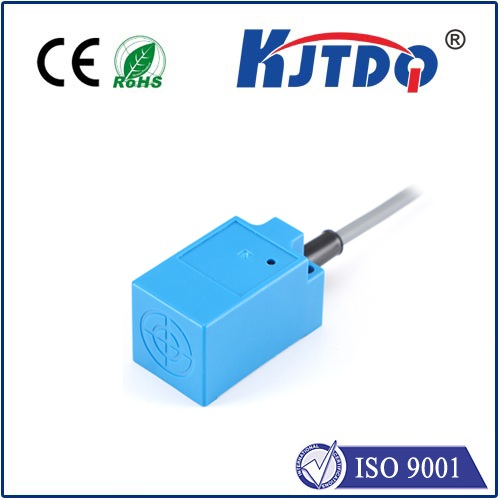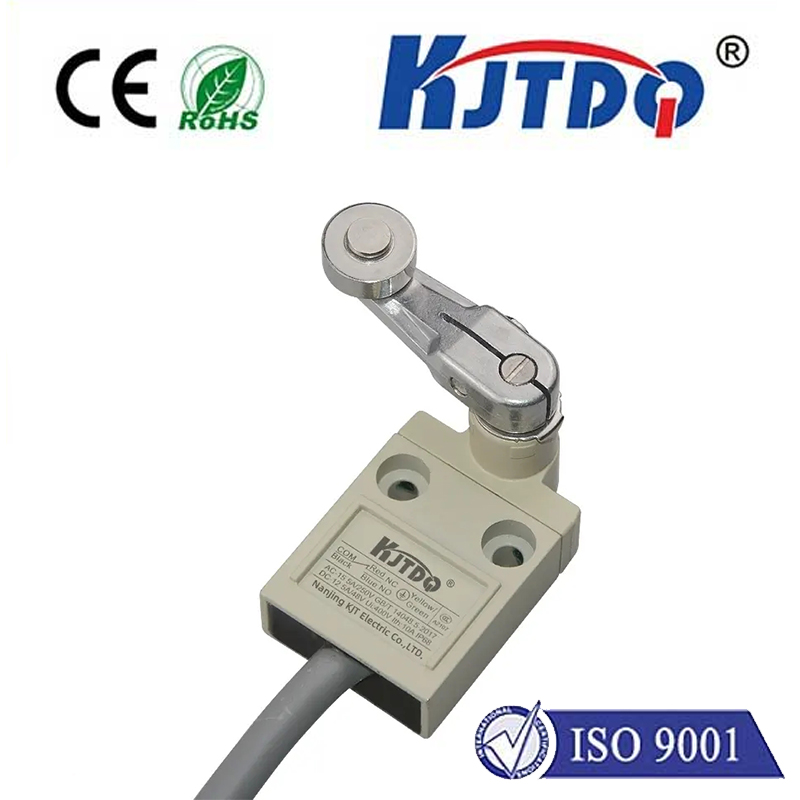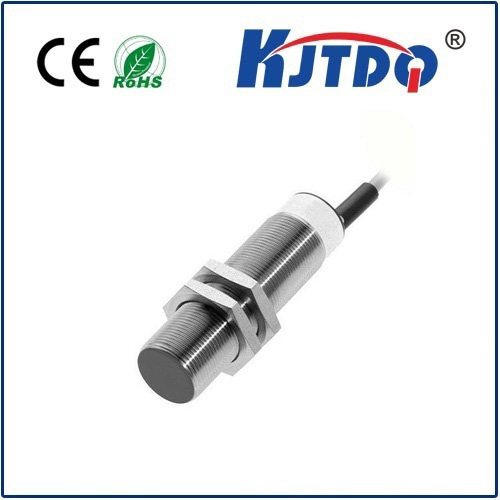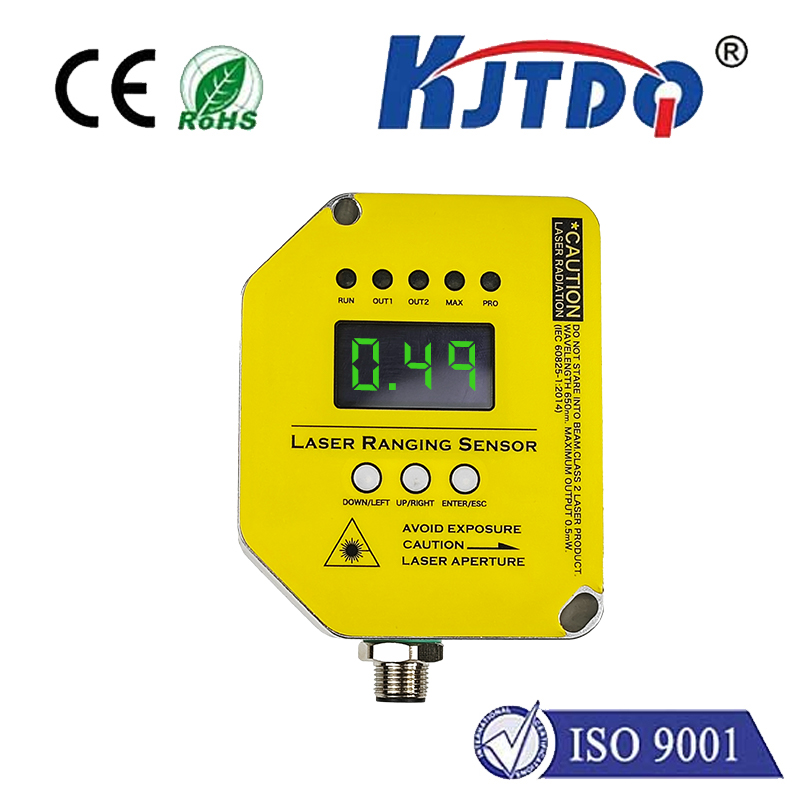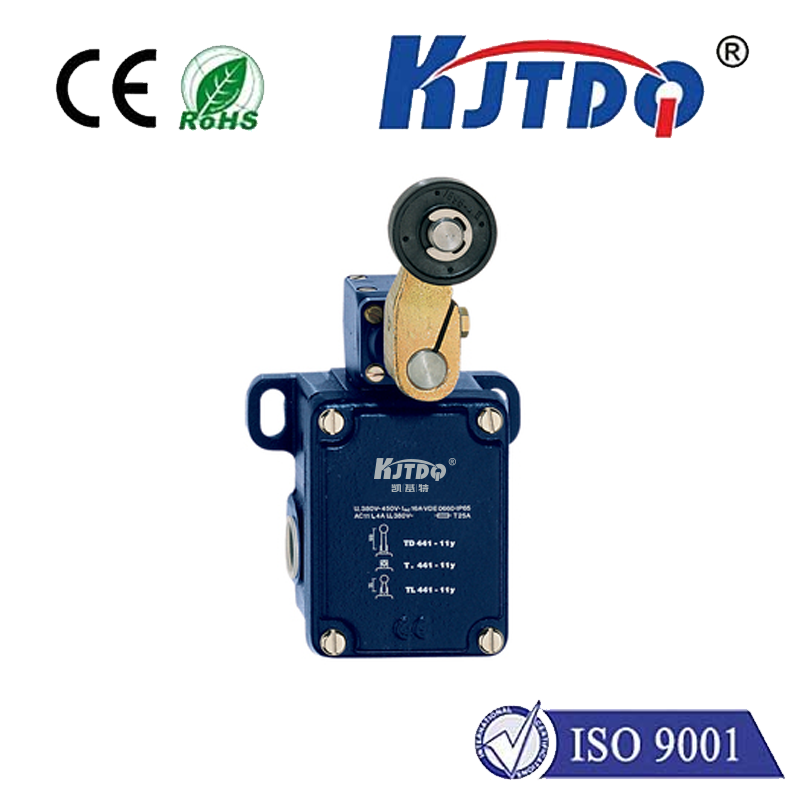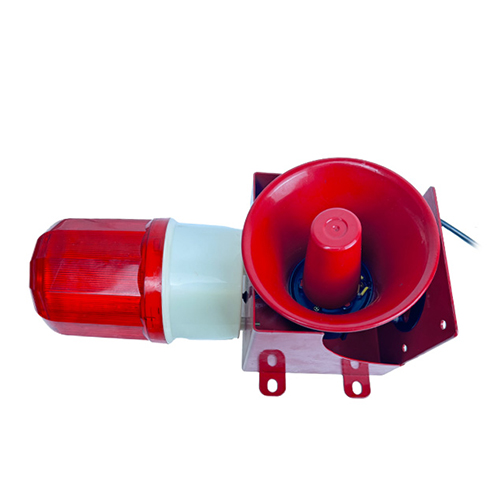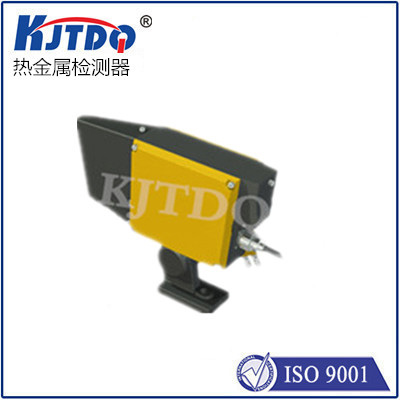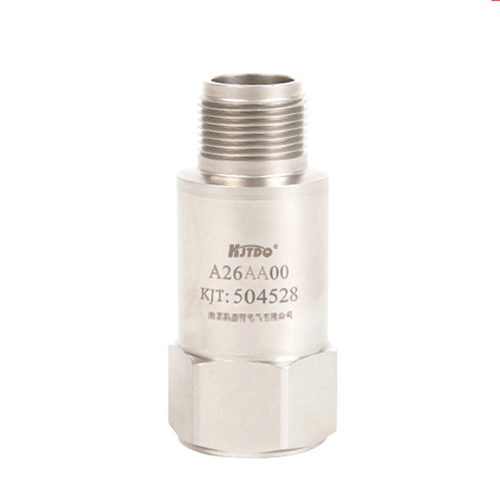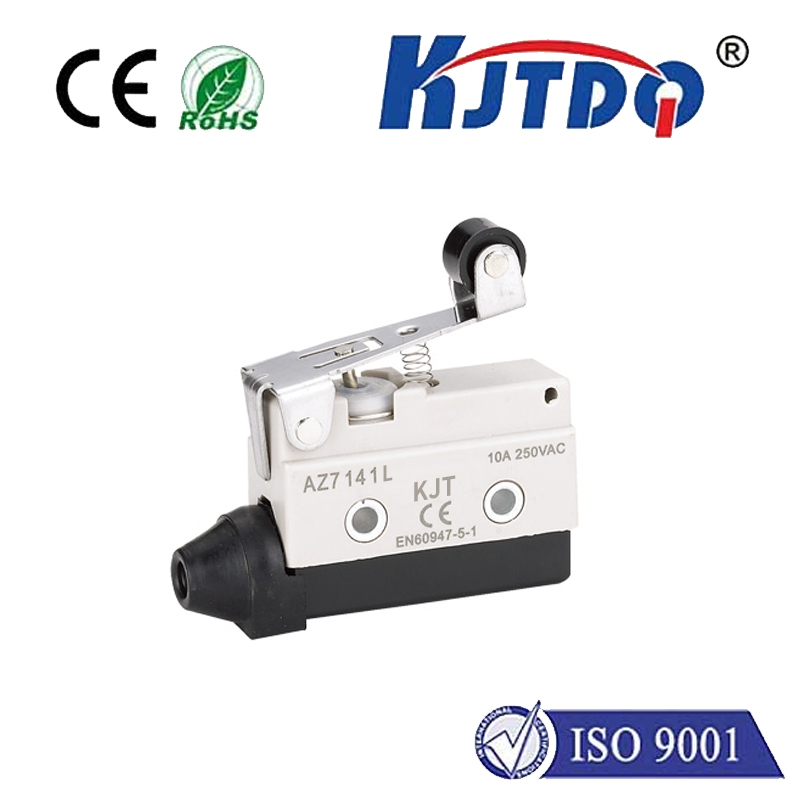capacitive distance sensor
- time:2025-07-02 03:43:12
- Click:0
Capacitive Distance Sensors: Measuring the World Without Touch
Imagine sensing the exact position or movement of an object without ever physically touching it. This isn’t science fiction; it’s the precise capability of capacitive distance sensors. These remarkable devices operate on fundamental electrical principles, translating the invisible interaction of electric fields into reliable distance measurements. Found everywhere from consumer electronics to heavy industrial machinery, they offer a unique blend of non-contact measurement, precision, and durability. Let’s delve into how they work and why they are a cornerstone of modern sensing technology.
At the Heart of It: Understanding Capacitance
The core principle behind all capacitive sensing is, unsurprisingly, capacitance. In its simplest form, a capacitor consists of two conductive plates separated by an insulating material (a dielectric). Capacitance © is the ability of this structure to store an electrical charge. Its value is directly proportional to the surface area (A) of the plates and the dielectric constant (ε) of the material between them. Crucially, capacitance is inversely proportional to the distance (d) separating the plates:
C ∝ (ε * A) / d
This inverse relationship between capacitance and distance is the foundation upon which capacitive distance sensors operate. When the distance (d) changes, the capacitance © changes predictably.
How Capacitive Distance Sensors Work: Seeing the Unseen Field

A capacitive distance sensor system essentially acts as one plate of a variable capacitor. The sensor electrode itself is the active plate. The target object (which must be at least slightly conductive or have a different dielectric constant than air) acts as the other plate, or it influences the electric field generated by the electrode.
- Field Generation: The sensor’s electronics apply an oscillating electrical signal to the sensor electrode. This creates an electrostatic field projecting outward from the electrode surface.
- Target Interaction: When a target object enters this electric field, it alters the field lines:
- If the target is conductive, it effectively becomes the other plate of the capacitor, drawing field lines towards it.
- If the target is non-conductive but has a different dielectric constant than air (e.g., plastic, wood, liquid), it changes the field strength and distribution by polarizing within the field.
- Capacitance Change: This alteration in the electric field directly translates to a measurable change in capacitance between the sensor electrode and the target (or between the sensor electrode and ground, influenced by the target).
- Detection & Conversion: Sophisticated electronics within the sensor constantly monitor this capacitance. They convert the tiny capacitance change into a usable output signal. This output is typically:
- Analog: A continuously varying voltage or current proportional to distance.
- Digital: A switching signal (ON/OFF) when the target crosses a pre-set distance threshold.
- IO-Link / Digital Communication: Providing distance data digitally along with diagnostic information.
The Crucial Role of the Electric Field: Fringing vs. Shielding
The design of the sensor electrode significantly influences its behavior:
- Fringing Field (Unshielded) Sensors: These have an exposed electrode. The electric field projects forward and sideways from the electrode. This makes them more sensitive to lateral targets or variations in the target’s shape/surface, but also potentially more susceptible to interference from unintended nearby objects. They are excellent for detecting non-conductive materials like plastics, glass, wood, or liquids by sensing changes in the dielectric constant.
- Guarded/Shielded Sensors: These incorporate a guard ring surrounding the active electrode, connected to the same oscillating potential. This focuses the electric field straight forward from the active electrode, creating a more directed and concentrated sensing field. Shielded sensors offer higher precision for measuring conductive targets and are less prone to side interference. They are ideal for precise distance measurement and positioning tasks.
Why Choose Capacitive Distance Sensing? Key Advantages
Capacitive sensors offer a compelling set of benefits for numerous applications:
- Non-Contact Operation: The sensor never touches the target. This eliminates wear and tear on the sensor itself and prevents damage or contamination to delicate or moving targets. This results in virtually infinite mechanical lifespan for the sensing element.
- High Resolution and Accuracy: Capable of detecting minute changes in distance (down to nanometer resolutions in specialized setups), they provide highly precise measurement for demanding tasks.
- Wide Material Compatibility: While optimal for metals and other conductors, the ability to sense non-conductors through dielectric constant changes sets them apart from inductive sensors. This makes them incredibly versatile.
- Robustness: Lacking moving parts and often featuring solid-state electronics encapsulated in resilient materials (like PBT or stainless steel), they excel in harsh industrial environments, resisting vibration, dust, moisture, and many chemicals.
- Resistance to Target Surface Conditions: Capacitive sensing is generally unaffected by target surface characteristics like color, transparency, or ambient light conditions, making them reliable where optical sensors might fail. They can also sense through certain non-conductive materials (e.g., detecting liquid levels through a plastic tank wall).
- Fast Response Time: Capacitive sensors react extremely quickly to changes in distance, suitable for high-speed applications like object counting or vibration monitoring.
Navigating Considerations and Limitations
Despite their strengths, awareness of some limitations is crucial for successful application:
- Target Influence: The sensor’s performance is inherently linked to the target’s properties. For conductors, size matters (ideally larger than or equal to the sensor face). For non-conductors, the material’s dielectric constant dictates sensitivity – higher constants generally mean easier detection.
- Environmental Factors: While generally robust, the dielectric properties of the medium between the sensor and target can affect readings. High humidity, temperature extremes, or contaminants like oil mist can potentially influence the measurement or require sensor recalibration.
- Field Sensitivity: Especially unshielded sensors can be influenced by unintended objects within the electric field. Careful mounting and adjustment of sensitivity/sensing range are essential to minimize false triggers. Shielding helps significantly with this.
- Sensing Range: The practical operating distance of capacitive sensors is typically smaller compared to some ultrasonic or optical sensors. While capable of ranges up to several tens of millimeters, most common industrial models work within 0-25mm.
Where Capacitive Distance Sensors Shine: Diverse Applications
Their unique attributes make capacitive sensors indispensable across countless industries:
- Industrial Automation: Precise positioning of robot arms and tools; detecting presence/absence of parts (metal, plastic, glass, liquid-filled) on conveyors; end-of-travel position sensing; fill level monitoring in tanks (liquids, pellets, powders); vibration analysis; thickness measurement (non-contact gauging).
- Consumer Electronics: Touchscreens on smartphones and tablets; touch-sensitive controls on appliances; detecting lid closure on laptops; proximity sensing (e.g., turning off display when held near the ear).
- Automotive: Seat occupancy detection (passenger presence); anti-pinch systems for windows/sunroofs; fluid level sensing; position sensing for pedals or actuators.
- Medical Devices: Non-contact fluid level detection in IV bags and reservoirs; precise positioning in imaging equipment and robotic surgery tools.
- Aerospace: Vibration monitoring in engines and structures; proximity sensing in landing gear; fuel level indication.
Conclusion
The capacitive distance sensor leverages the fundamental physics of capacitance to achieve reliable, non-contact proximity detection and precise distance measurement. Its ability to interact with both conductive and non-conductive targets through electric fields grants it remarkable versatility. While considerations around target properties and environmental influences are necessary, the advantages of high precision, robustness, non-contact operation, and material flexibility solidify its position as a vital sensing technology. From the smartphone in your pocket to complex robotic assembly lines, these silent observers are continuously measuring distances and enabling smarter







